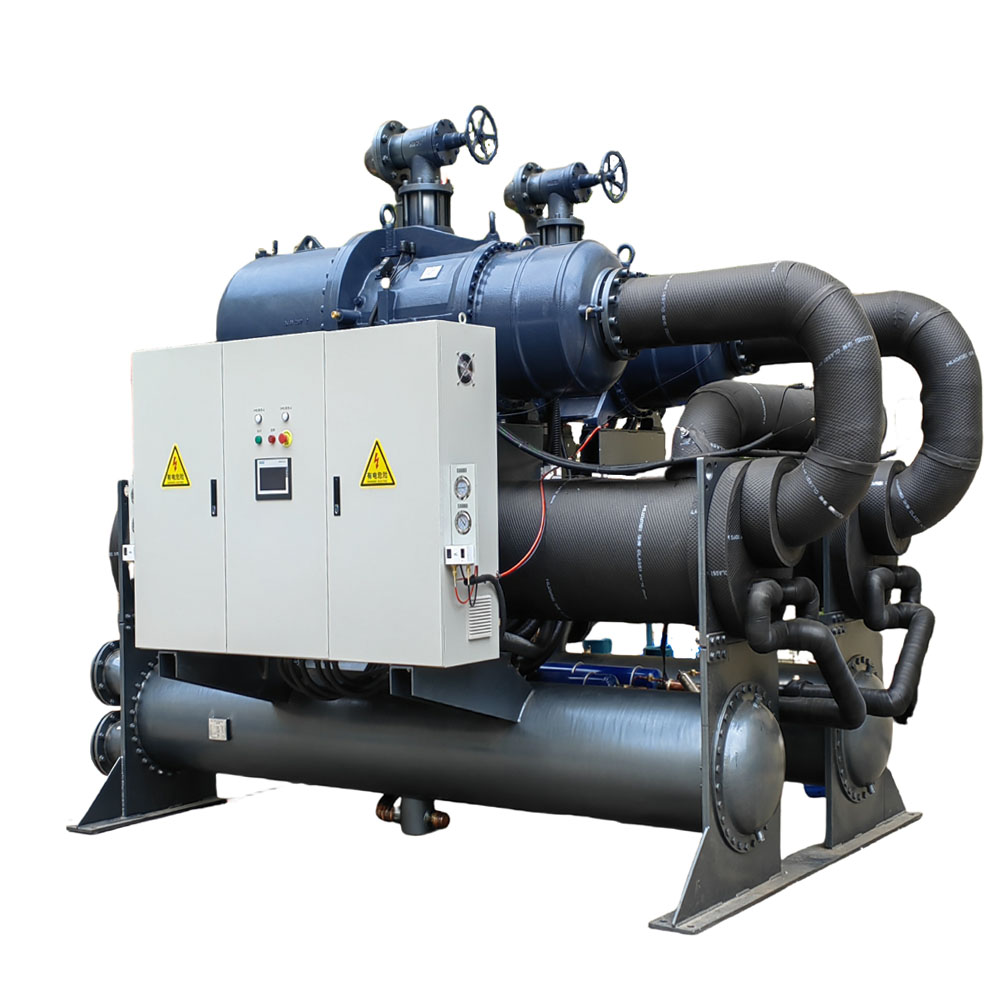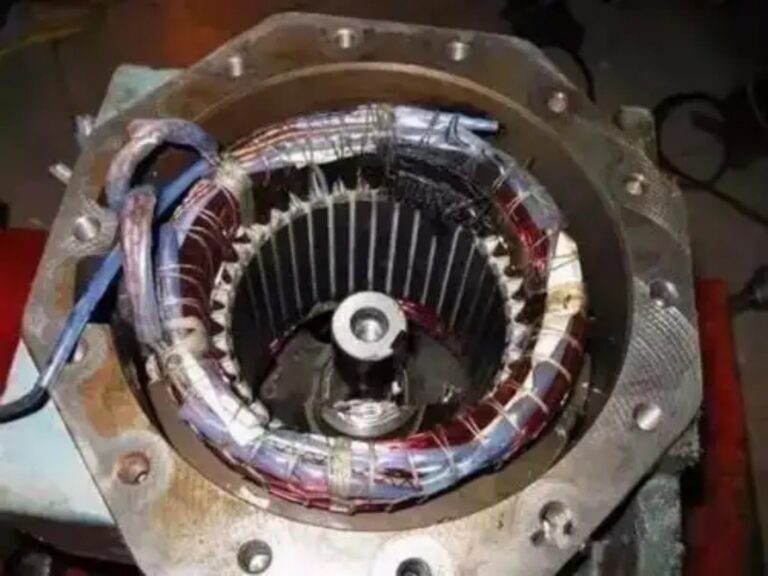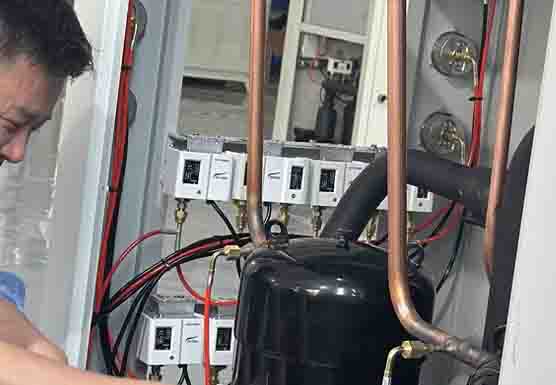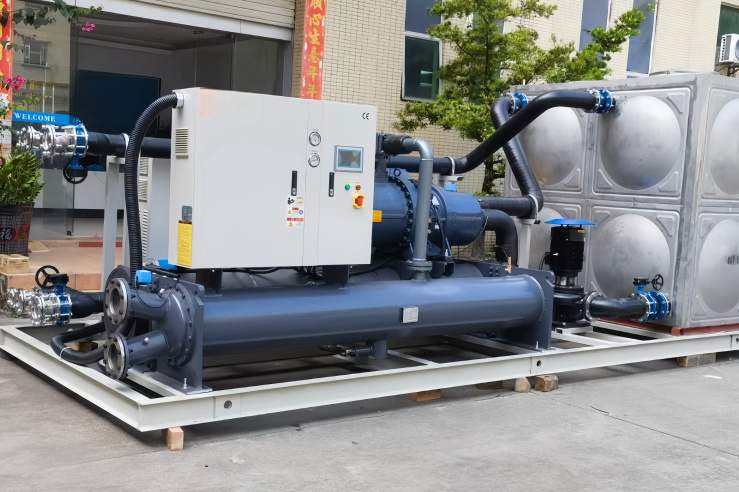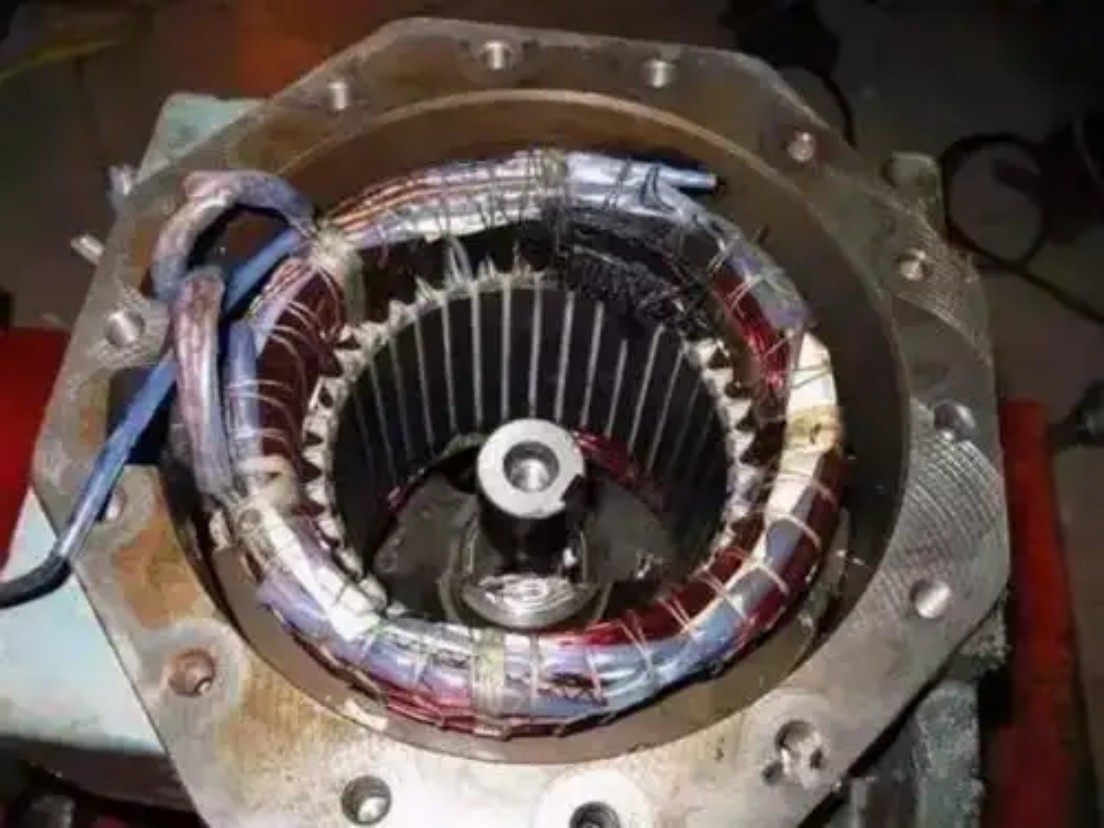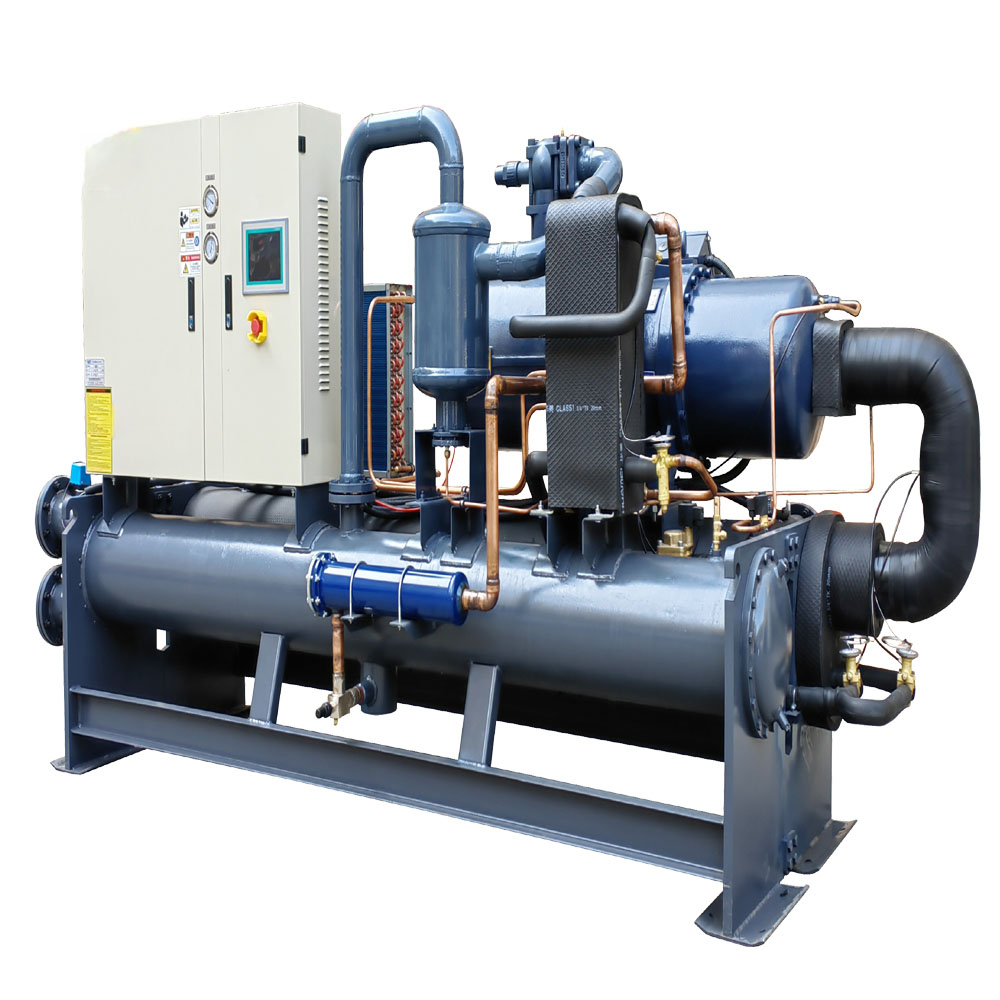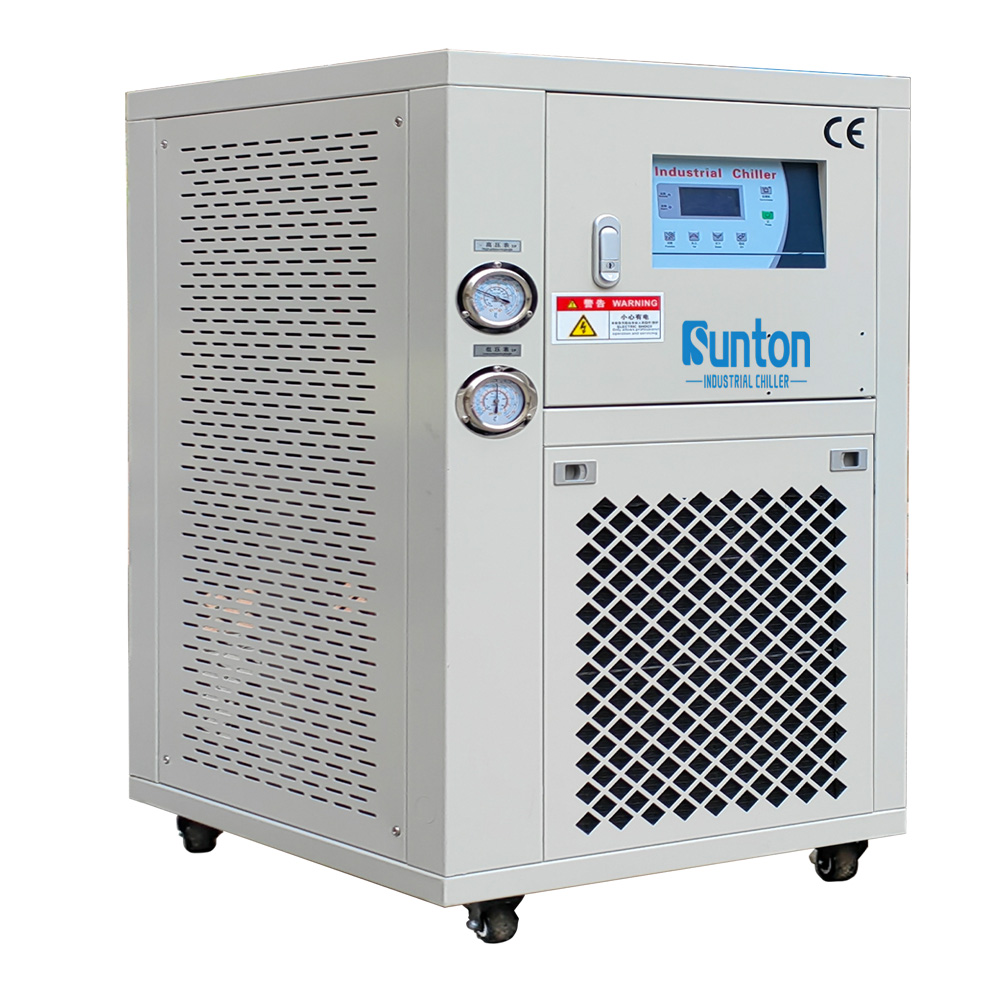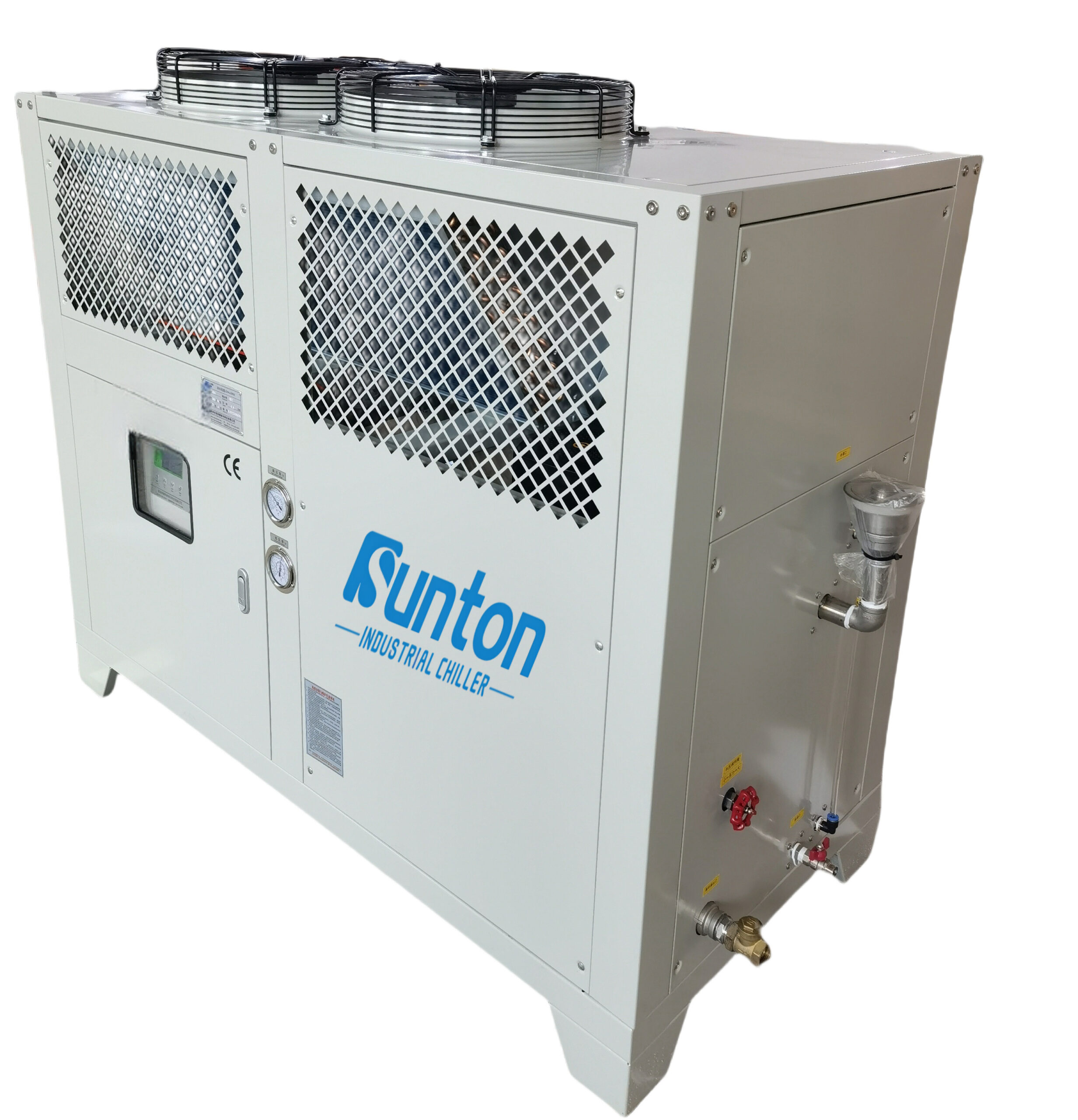-
Даліншань Індастріал Гуандун
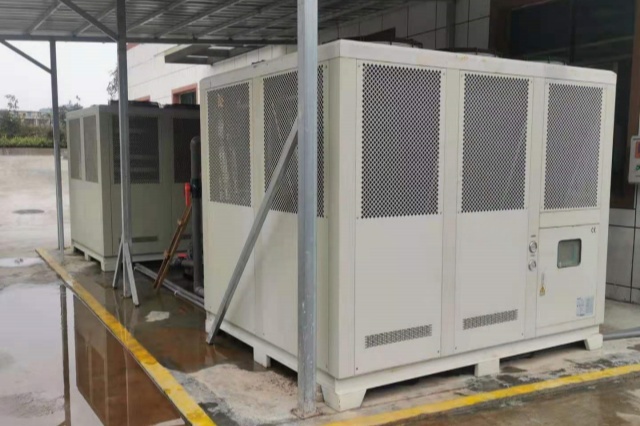
як обслуговувати чиллери в зимових погодних умовах
Освоєння зими: найкращі практики для чиллерів у зимових погодних умовах
Ця стаття містить вичерпний посібник з обслуговування та експлуатації чиллери в зимові погодні умови, забезпечуючи оптимальну продуктивність і довговічність. Незалежно від того, чи перебуваєте ви в Промисловість пластмас і гуми, Механічна промисловість, Харчова промисловість та виробництво напоїв, Хіміко-фармацевтична промисловість, Електронна промисловість, Лазерна промисловість, Поліграфічна промисловість, Медична промисловість, Лабораторії та науково-дослідні установи, або Центри обробки даних, розуміючи, як керувати своїм промислові водоохолоджувачі протягом холодна погода має вирішальне значення. Опубліковані тут ідеї базуються на моєму досвіді заводу з виробництва промислових охолоджувачів води в поєднанні з промисловістю найкращі практики. Це коштує вашого часу, щоб забезпечити безперебійну роботу в усьому зимові місяці.
Зміст
Які найбільші проблеми для чиллерів у холодну погоду?
Початок холодна погода представляє унікальні виклики для чиллер операція. Коли температура опускається нижче нуля, зростає ризик утворення льоду всередині системи охолодженої води значно збільшується. Це може призвести до серйозних пошкоджень, у тому числі до розриву труб, теплообмінник проблеми та навіть повний збій системи.
Однією з основних проблем є забезпечення чиллер обладнаний для обробки низькі температури. Без належних заходів в вода може розширюватися оскільки він замерзає, завдаючи значної шкоди випарник, насосита інші важливі компоненти. Крім того, холодні погодні умови може зменшити ефективність чиллера, що змушує його підтримувати бажану температуру. Це може призвести до збільшення споживання енергії та збільшення експлуатаційних витрат. Інша проблема – накопичення сніг і лід на та навколо холодильна установка, що може заважати потік повітря і ще більше знизити ефективність. Це робить зимове технічне обслуговування чиллера навіть важливіше, ніж будь-коли.
Чому гліколь має вирішальне значення для роботи чиллера взимку?
гліколь є критично важливим компонентом для чиллери діюча в зимові погодні умови. Він діє як антифриз, знижуючи температуру замерзання води в системі, таким чином запобігаючи утворенню льоду. Найпоширеніші типи, які використовуються етиленгліколь і інгібований пропіленгліколь. Сума гліколь залежить від найнижчої очікуваної температури навколишнього середовища та може бути визначена за допомогою діаграми гліколю.
Підтримання правильного рівні гліколю має вирішальне значення для запобігання пошкодженню та забезпечення безперебійної роботи. А рефрактометр можна використовувати для вимірювання концентрації гліколь у системі, переконавшись, що він знаходиться в межах рекомендованого діапазону. Важливо регулярно перевіряти ці рівні, особливо до початку захворювання зимовий сезон. Недостатньо гліколь може призвести до замерзання, тоді як надмірна кількість може знизити ефективність теплопередачі системи.
Як підготувати холодильну машину до зими?
Підготовка вашого чиллер для зимові місяці передбачає кілька важливих кроків. Спочатку проведіть ретельний перевірка здоров'я взимку щоб виявити будь-які потенційні проблеми до їх загострення. Це включає перевірку змійовики чиллера, конденсатор, і лопаті вентилятора на будь-які ознаки зносу або пошкодження.
Далі переконайтеся, що гліколь концентрація відповідає очікуваним температурам. Злийте та заповніть систему, якщо необхідно. Також доцільно почистити ситечко і перевірити будь-які забруднююча речовина нарощування, наприклад зварювальний шлак, оксиди заліза, біоплівка, або цвіль, що може спричинити засмічення труб і привести до вийшли з ладу насоси. Крім того, переконайтеся, що ваші чиллер має належну ізоляцію для захисту від холоду. Розглянемо використання нагрівальна стрічка на відкритих трубах, щоб запобігти замерзанню. Якщо вам потрібна більш детальна інформація про те, як доглядати за своїм чиллер протягом холодні зимові місяці, зв'яжіться з нами!
Яку роль відіграє температура навколишнього середовища в обслуговуванні чиллера взимку?
Температура навколишнього середовища є критичним фактором у зимове технічне обслуговування чиллера. Коли температура падає, чиллери здатність розсіювати тепло впливає, що може призвести до проблем з роботою. Моніторинг температура навколишнього середовища допомагає в налаштуванні робота чиллера відповідно.
Під час холодна зима, можливо, необхідно реалізувати віяловий велоспорт або використовувати регулятори головного тиску підтримувати оптимальні умови експлуатації. Ці заходи допомагають запобігти головний тиск від надто низького падіння, що може вплинути на холодоагент потік і загальну продуктивність системи. А залитий конденсатор дизайн також може допомогти в управлінні чиллер в низькі температури.
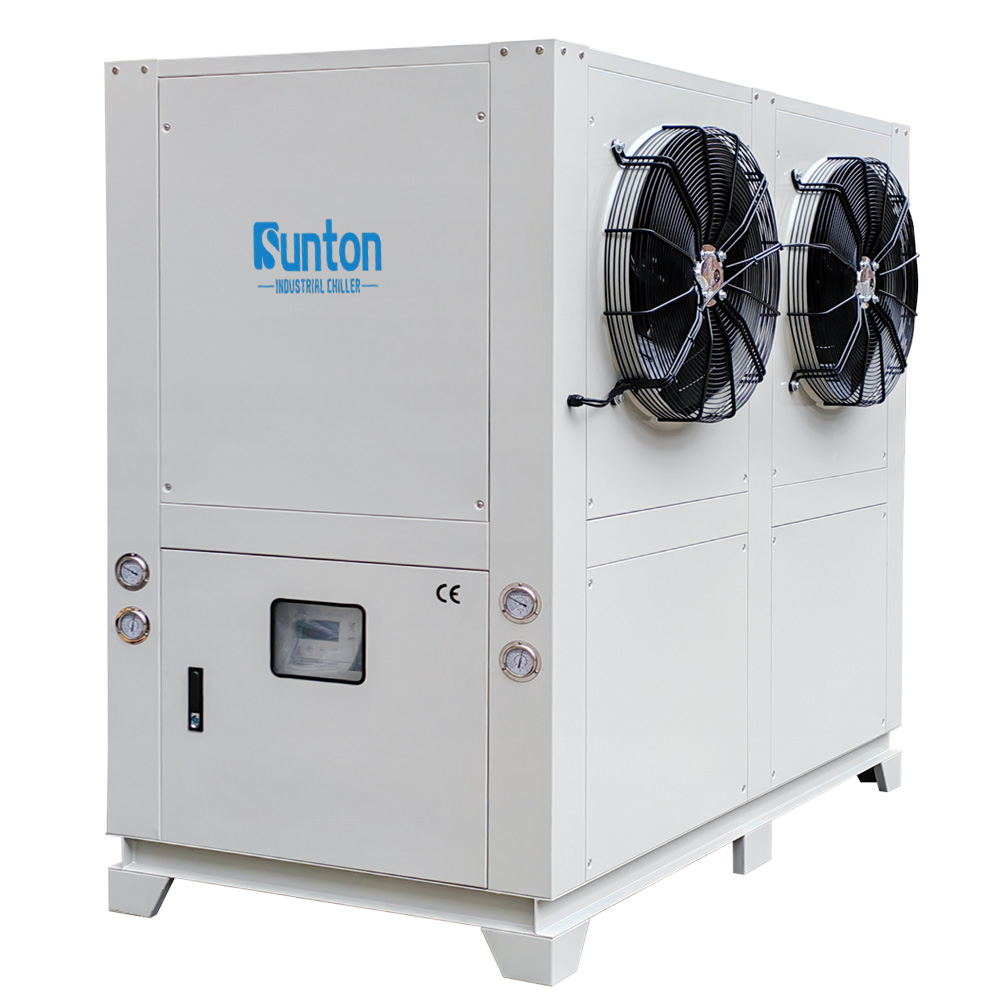
Як керувати обслуговуванням конденсатора та котушки взимку?
Належне обслуговування конденсатор чиллера і змійовики конденсатора чиллера має важливе значення під час зимовий сезон. Ці компоненти особливо чутливі до проблем, спричинених холодні погодні умови. Змійовики конденсатора чиллера можуть заблокуватися льодом або сміттям, що знизить їх ефективність.
Регулярне очищення змійовики чиллера і забезпечення їх відсутності перешкод є життєво важливим. Уникайте обернувши його пластиком або використовуючи картонна дошка захистити конденсатор оскільки це може значно зменшити потік повітря і завдають більше шкоди, ніж користі. Якщо ви хочете дізнатися більше про типи чилерів і який з них найкращий для вашої програми, натисніть тут: Гвинтовий охолоджувач води з водяним охолодженням
Чому регулярні огляди чиллерів взимку важливі?
Регулярні перевірки життєво важливі для виявлення потенційних проблем, перш ніж вони призведуть до дорогого ремонту або час простою. Під час зимові місяці, дуже важливо проводити часті перевірки технічного обслуговування щоб забезпечити чиллер працює ефективно.
Перевірки повинні включати перевірку рівні гліколю, оглядаючи конденсатор і котушка для утворення льоду та перевірки роботи лопаті вентилятора. Будь-які проблеми слід вирішувати негайно, щоб запобігти подальшій шкоді. Ми пропонуємо індивідуальні водоохолоджувачі для будь-якого з ваших холодильні програми; дізнайтеся більше тут: Промислові чиллери для сільського господарства.
Які найкращі методи прибирання снігу та льоду навколо чиллерів?
Сніг і лід накопичення може серйозно вплинути на продуктивність чиллери. Лід і сніг нарощування на холодильна установка може перешкоджати потік повітря, пошкодити лопаті вентилятора та обмежити операція. Важливо регулярно очищати будь-які сніг і лід з усього чиллер та його компоненти.
Для видалення використовуйте відповідні інструменти лід і сніг не завдаючи шкоди. Переконайтеся, що територія навколо чиллер добре обслуговується, щоб запобігти накопиченню. Градирня системи також потребують пильної уваги, щоб запобігти накопиченню льоду. Якщо потрібен антивибух чиллер для вашої заявки перегляньте це посилання: Вибухозахищені охолоджувачі.
Як забезпечити належну вентиляцію чиллерів у холодну погоду?
Належний вентиляція має вирішальне значення для чиллери діюча в холодна погода. Адекватний потік повітря через конденсатор допомагає підтримувати оптимальну робочу температуру і запобігає перегріву. Переконайтеся, що чиллер не укладено таким чином, що обмежує потік повітря.
Уникайте блокування конденсатор прийом с пластик або блокування конденсатора будь-яким іншим способом. Слід проводити регулярні перевірки, щоб переконатися, що вентиляція система функціонує належним чином і немає перешкод.
Які вдосконалені засоби керування та технології можуть допомогти керувати чилерами взимку?
Розширені засоби контролю та технології можуть значно покращити управління чиллери в зимові погодні умови. Реалізація регулятори головного тиску і навколишнє керування може допомогти підтримувати оптимальну робота чиллера в низькі температури.
Фан-велоспорт є ще одним ефективним методом управління головний тиск і запобігати проблемам, викликаним надзвичайно холодна погода. Ці технології гарантують, що чиллер працює ефективно та надійно в усьому зимовий сезон. Це лише деякі з них корисні посилання щоб краще зрозуміти нашу продукцію; погляньте! Гвинтові центральні охолоджувачі з повітряним охолодженням і Охолоджувачі молока для молочної промисловості.
Що робити, якщо ваш чиллер вийшов з ладу в холодну погоду?
Незважаючи на всі запобіжні заходи, чиллери може вийти з ладу холодна погода. Якщо це станеться, дуже важливо мати план швидкого вирішення проблеми. Спочатку визначте причину несправності. Поширені проблеми включають замерзлі труби, низький рівень рівні гліколю, або механічні несправності.
Для виконання необхідного ремонту зверніться до кваліфікованого фахівця. Корекційна дія слід швидко звести до мінімуму час простою і запобігти подальшому пошкодженню. Регулярний профілактичне обслуговування може допомогти зменшити ймовірність збоїв, але завжди краще бути готовим до надзвичайних ситуацій. наш промислові чиллери призначені для витримувати холодні погодні умови; отримай свій сьогодні!
поширені запитання
1. Яка ідеальна концентрація гліколю для холодильних машин взимку?
Ідеальна концентрація гліколю залежить від найнижчої очікуваної температури навколишнього середовища. Зазвичай рекомендується суміш гліколю 30-50%. Використовуйте таблиці гліколю, щоб визначити точну кількість, необхідну для ваших конкретних умов.
2. Як часто слід перевіряти рівень гліколю в холодильній машині?
Рівень гліколю слід перевіряти принаймні двічі на рік, до та після зимового сезону. Для точного вимірювання концентрації використовуйте рефрактометр.
3. Що робити, якщо змійовики конденсатора чиллера вкриті льодом?
Якщо ваш змійовики конденсатора чиллера покриті льодом, обережно видаліть лід за допомогою відповідних інструментів. Не використовуйте гострі предмети, які можуть пошкодити котушки. Переконайтеся, що підтримується належний потік повітря, щоб запобігти утворенню льоду в майбутньому.
4. Чи можу я використовувати звичайну воду замість гліколю в холодильній машині взимку?
Ні, використання звичайної води замість гліколю взимку може призвести до замерзання та серйозного пошкодження чилера. Гліколь діє як антифриз, запобігаючи утворенню льоду та захищаючи систему.
5. Як я можу запобігти замерзанню чилера в дуже холодну погоду?
Щоб запобігти замерзанню, забезпечте належний рівень гліколю, ізолюйте відкриті труби та, якщо необхідно, використовуйте нагрівну стрічку. Регулярні огляди та технічне обслуговування також мають вирішальне значення.
6. Які ознаки того, що мій чиллер погано справляється з холодною погодою?
Ознаки того, що ваш чиллер не працює в холодну погоду, включають зниження ефективності, збільшення споживання енергії, незвичайні шуми та часті відключення. Якщо ви помітили щось із цього, важливо перевірити систему та негайно вирішити будь-які проблеми.
Висновок
- Зимові погодні умови створюють значні проблеми для чиллер операція.
- Підтримання належного рівні гліколю має вирішальне значення для запобігання замерзанню та забезпечення ефективної роботи.
- Регулярні перевірки та зимове утримання необхідні для виявлення та вирішення потенційних проблем.
- Сніг і лід видалення необхідно для підтримки належного стану потік повітря і запобігти пошкодженню лопаті вентилятора.
- Розширені засоби керування та технології можуть допомогти керувати чиллери в низькі температури.
- Наявність плану адресації чиллер невдачі в холодна погода життєво важливо звести до мінімуму час простою і запобігти подальшому пошкодженню.
- З цими найкращі практики ставити на місце і част перевірки технічного обслуговування, ви зможете тримайте свій холодильник працює цілий рік!
Дотримуючись цих вказівок, ви можете переконатися, що ваші чиллер працює ефективно та надійно в усьому зимові місяці. Правильна підготовка, регулярне технічне обслуговування та оперативні дії у разі несправностей є ключовими для управління чиллери в зимових погодних умовах.
